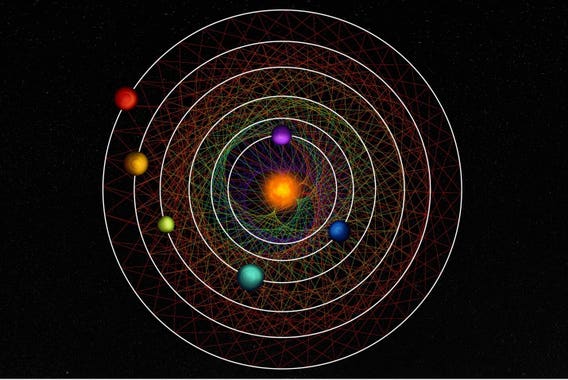Scientists discover rare six-planet system that moves in strange synchrony
Scientists have discovered a rare sight in a nearby star system: Six planets orbiting their central star in a rhythmic beat. The planets move in an orbital waltz that repeats itself so precisely that it can be readily set to music.
A rare case of an “in sync” gravitational lockstep, the system could offer deep insight into planet formation and evolution.
The analysis, led by UChicago scientist Rafael Luque, was published Nov. 29 in Nature.
“This discovery is going to become a benchmark system to study how sub-Neptunes, the most common type of planets outside of the solar system, form, evolve, what are they made of, and if they possess the right conditions to support the existence of liquid water in their surfaces,” said Luque





Add comment